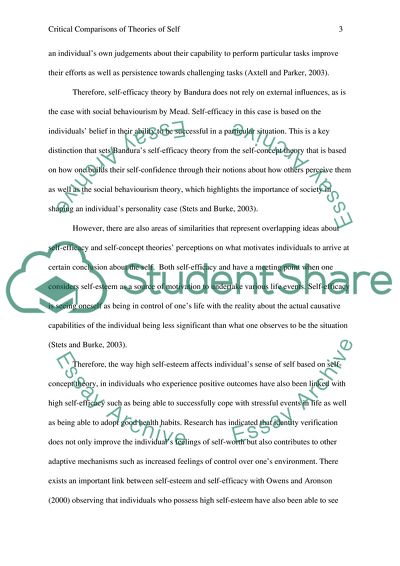Cite this document
(Critical Comparisons of Theories of Self Research Paper, n.d.)
Critical Comparisons of Theories of Self Research Paper. Retrieved from https://studentshare.org/psychology/1809697-critically-compare-three-theories-of-self
Critical Comparisons of Theories of Self Research Paper. Retrieved from https://studentshare.org/psychology/1809697-critically-compare-three-theories-of-self
(Critical Comparisons of Theories of Self Research Paper)
Critical Comparisons of Theories of Self Research Paper. https://studentshare.org/psychology/1809697-critically-compare-three-theories-of-self.
Critical Comparisons of Theories of Self Research Paper. https://studentshare.org/psychology/1809697-critically-compare-three-theories-of-self.
“Critical Comparisons of Theories of Self Research Paper”, n.d. https://studentshare.org/psychology/1809697-critically-compare-three-theories-of-self.


